Becoming a parent brings endless questions, and one of the most common concerns is about your baby's vision. "What can my baby see?" "How can their eyesight be protected?" These worries are completely natural. Your baby's eyes are incredibly delicate and undergo remarkable changes during their first year of life. Understanding how vision develops and what you can do to protect it will help you feel more confident as a parent.
Understanding Your Baby's Vision Development
Your baby's vision journey begins at birth, but it's nothing like adult vision. At birth, babies see the world in black and white and shades of gray. Their eyes are already about 65% of their adult size, which is why they look so large and captivating. However, they're not very sensitive to light and can only focus on objects about 8-10 inches away, which is perfect for gazing at your face during feeding time.
During the first week, your baby slowly begins developing color vision. By 6 weeks, they can see about 12 inches away, and the world starts becoming more interesting. Between 2-3 months, your baby begins tracking objects with their eyes, recognizing your face, and reaching for things. They're also building visual memory, remembering what they've seen before.
For the first two months, don't worry if your baby's eyes seem to cross or wander occasionally. This is completely normal as their eye muscles are still learning to work together. However, if one eye consistently turns in or out, or if the crossing continues beyond two months, it's time to consult your pediatrician.
By 4 months, your baby's vision clears significantly, and they can see farther distances. They're now using both eyes together (binocular vision) and working on depth perception. At 6 months, their eyes should be working together all the time, and they can see colors just like adults do. The color of their eyes may also change during these first six months, as dark pigment develops.
From 7-12 months, as your baby becomes more mobile, they're better at judging distances and grabbing objects. They're learning how their vision works when their body moves, preparing them for walking and exploring.
Simple Ways to Keep Your Baby's Eyes Healthy
As a parent, you have the power to help your child develop strong, healthy eyesight. Here’s how:
1. Make Their Space Eye-Friendly
Your baby's room doesn't need to be fancy, but a few simple things can help their eyes develop well. Keep a small nightlight or dim lamp on - not too bright, just enough so they can see a bit. Move their crib to different spots in the room now and then, and change which way they're lying. This stops them from always looking in the same direction.
Put toys where they can actually see them, i.e, about 8-12 inches from their face. Talk to them while you walk around the room. When you're feeding them, switch sides each time. These little things help their eye muscles get stronger and work better together.
2. Keep Them Safe from Sun and Germs
Even though babies aren't super sensitive to light at first, the sun can still hurt their eyes. Use those little sunshades on strollers and car seats when you're outside. Try to stay out of direct sunlight between 10 in the morning and 4 in the afternoon - that's when the sun is strongest. When they're older, you can get them cute little sunglasses made for babies.
Wash your hands before touching your baby or their stuff. Clean their toys, blankets, and bedding regularly, but use gentle, baby-safe cleaners. Harsh chemicals can irritate their eyes. If you notice their eyes looking red, watery, or crusty, call your doctor.
3. Keep Things Clean During Feeding and Bath Time
When you're feeding your baby, wipe their face with a soft, damp cloth afterward to clean off any milk. This might seem small, but milk residue can irritate their eyes. Keep switching which side you feed on - this helps both eyes develop equally.
Bath time is another chance to keep their eyes healthy. Use tear-free baby shampoo (it really does make a difference) and be gentle when washing around their eyes. These simple habits prevent eye infections that can be really uncomfortable for your baby.
4. Give Them the Right Things to Look At
Your baby's eyes need the right kind of practice at each stage. For newborns up to 4 months, black and white toys and books are perfect. These high-contrast patterns are much easier for developing eyes to see and make sense of.
As they get older, bring in colorful objects, mobiles, and baby-safe mirrors. These help them learn to track moving things and recognize themselves. Between 5-8 months, hang things over their crib that they can grab, pull, and kick. Give them blocks to hold and plenty of time to play on the floor.
From 9-12 months, play hide-and-seek games with toys or peek-a-boo with your face. This helps them remember what they've seen. Name things when you talk to them, as it connects what they see with words. Most importantly, let them crawl and creep around. This builds the connection between what they see and how they move.
The Screen Time Problem (Yes, It's Real)
Here's something parents today have to deal with that previous generations didn't: screens are everywhere. TVs, phones, tablets, computers. They're all giving off blue light that can strain developing eyes.
Now, newborns aren't using iPads, but they're still around all these screens in your home. This artificial light can mess with their sleep and potentially strain their eyes. Try to keep screens out of the nursery if you can. When they get older, limit screen time like doctors recommend.
Instead of screens, encourage activities that help their vision naturally, such as reading books together, playing with colorful toys, and spending time outside. Fresh air and natural light are way better for developing eyes than any screen.
What to Feed Them for Healthy Eyes
What your baby eats really does affect their eye health. Breast milk or formula has everything they need for the first year. When you start giving them solid foods, think about nutrients that help their eyes grow strong.
Vitamin A is super important and you'll find it in carrots, sweet potatoes, and spinach. Fish have omega-3 fatty acids that help their eyes develop properly. Green leafy vegetables and eggs have special nutrients that protect their eyes from damage. You don't need to stress about this - just offer a variety of healthy foods as they grow.
Warning Signs to Watch For
As their parent, you'll probably be the first to notice if something's not right with their eyes. Here are the things to watch for:
If their eyes are always red or watery, that's not normal. If their eyes don't line up or they're always squinting, that needs attention. If they're not hitting those vision milestones we talked about, or if they seem super sensitive to light, call your doctor.
Other things to worry about: if their pupils are different sizes, if they're not following things with their eyes, if they stare at lights a lot, if their eyes are always crusty or teary, if they tilt their head to look at things, or if they keep one eye closed most of the time.
Trust your gut. If something seems off, it probably is. Don't wait - call your pediatrician or ask to see an eye doctor.
Don't Skip Eye Checkups
Even if everything seems fine, your baby should have their first real eye exam at 6 months. This might seem early, but catching problems early makes a huge difference. Your regular pediatrician will check their eyes at every visit, but sometimes you need a specialist.
If your baby was born early, they're at higher risk for eye problems and should see an eye doctor by age 1-2. Remember, the sooner problems are found, the better they can be treated.
Common Eye Problems in Babies
Some eye issues are pretty common in babies, and most of them are fixable. Blocked tear ducts make their eyes watery, but usually clear up on their own. Crossed eyes (strabismus) might need treatment to prevent bigger problems. Lazy eye (amblyopia) means one eye doesn't see as well as the other, but it's very treatable when caught early.
Don't panic if you hear these terms because they're more common than you think, and there are good treatments for all of them.
What to Do If Something Gets in Their Eye
Accidents happen, especially as babies get more mobile. If something gets in your baby's eye, flush it with clean water for at least 20 minutes and call your doctor right away. Don't rub or press on the eye, as that can make things worse.
If you see bleeding or can't get their eyelid open, get to the emergency room immediately. For smaller injuries, you can use a cold pack wrapped in a damp cloth for 15 minutes at a time. But when in doubt, call for help.
Building Good Habits That Last
Protecting your baby's eyes isn't just about the first year - you're setting them up for a lifetime of healthy vision. Choose safe toys without sharp edges or tiny parts that could hurt their eyes. Always supervise playtime, especially as they get more active.
Start good habits early. Keep their hands clean, teach them not to rub their eyes, and show them how to handle things gently. As they grow, you'll be able to explain why these habits matter.
Conclusion
Your baby's vision is going to change so much in their first year, and that's completely normal. By understanding what to expect, keeping their environment safe, feeding them well, and watching for warning signs, you're giving them the best start possible.
Trust yourself as a parent. You know your baby better than anyone, so if something seems off, don't hesitate to ask for help. Most eye problems in babies are very treatable when caught early, so your attention and care during these first months really matter.
Those beautiful eyes looking back at you are going to see so many amazing things in their lifetime. With your help, they'll be healthy and strong enough to take in every wonderful moment.
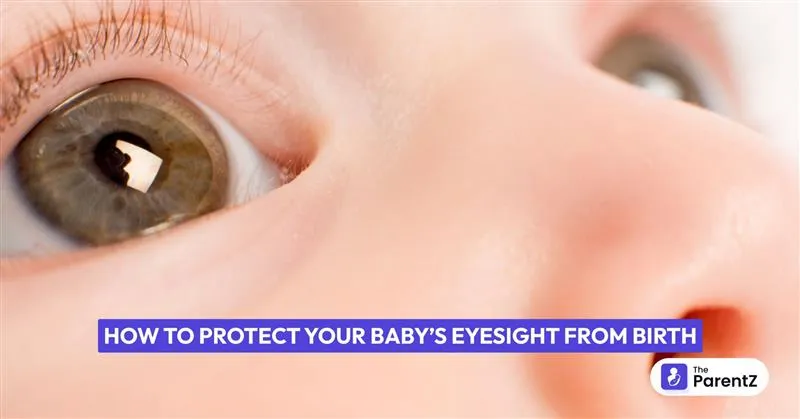
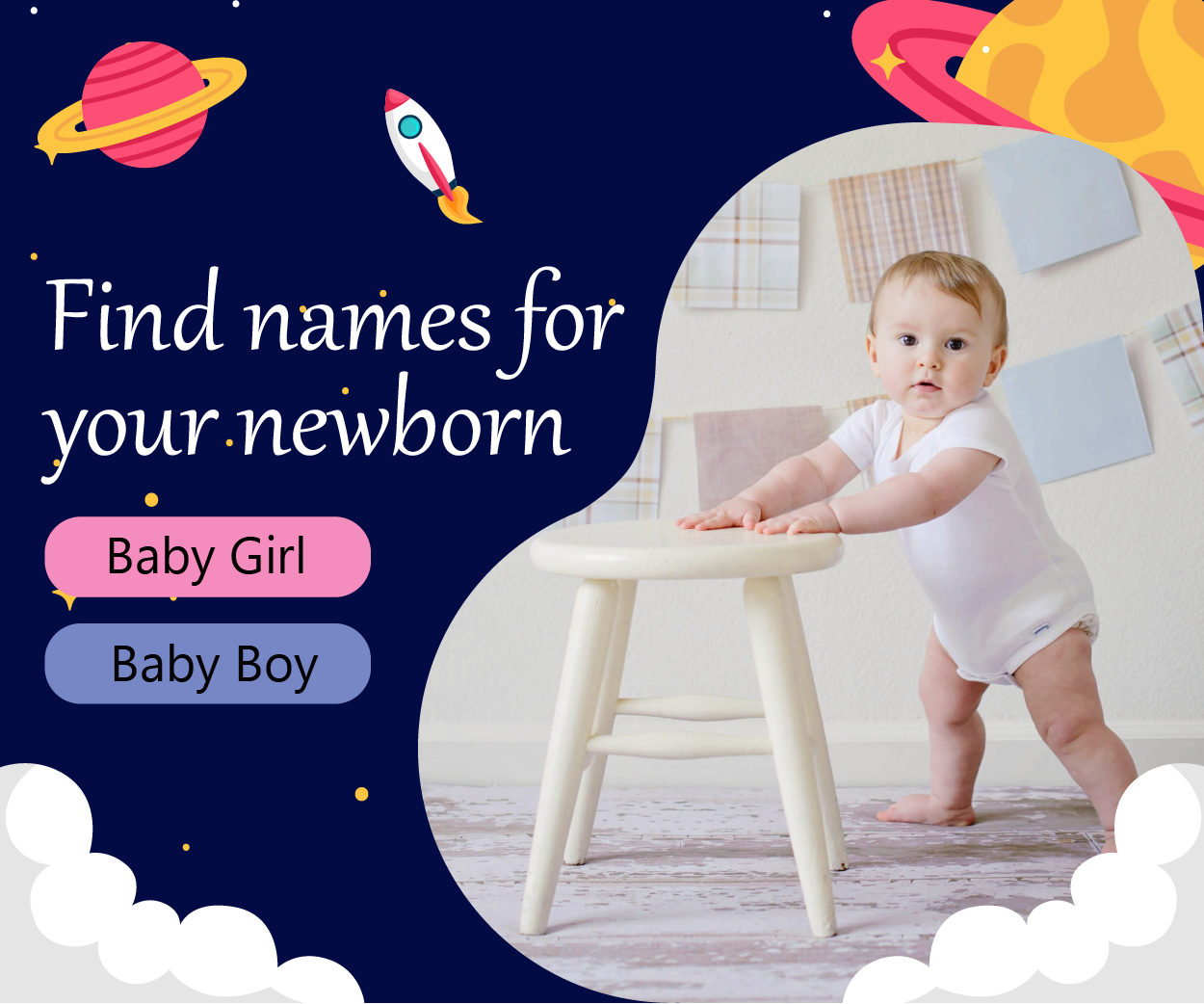

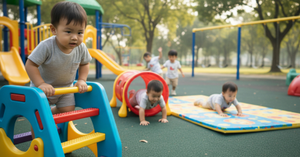
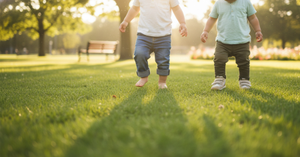

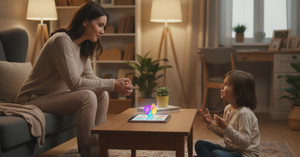
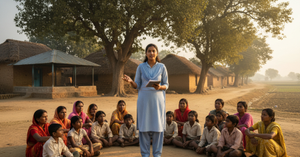
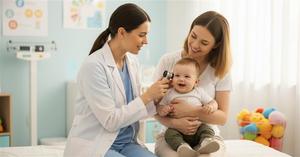
Be the first one to comment on this story.